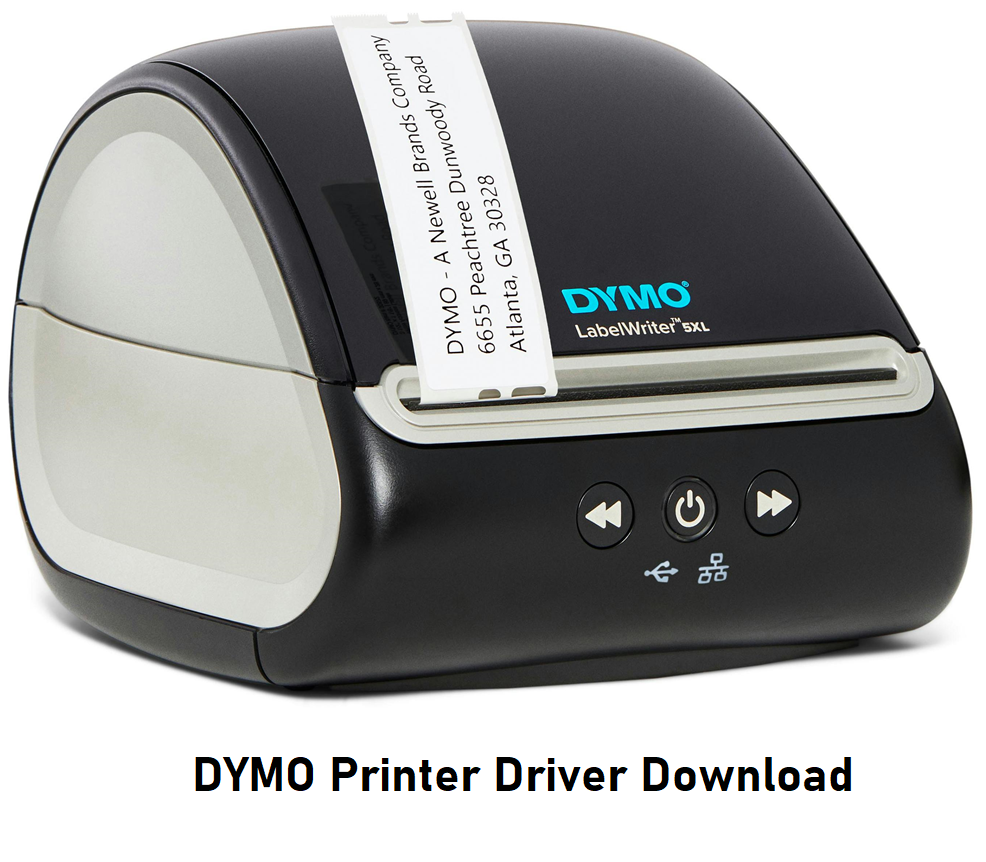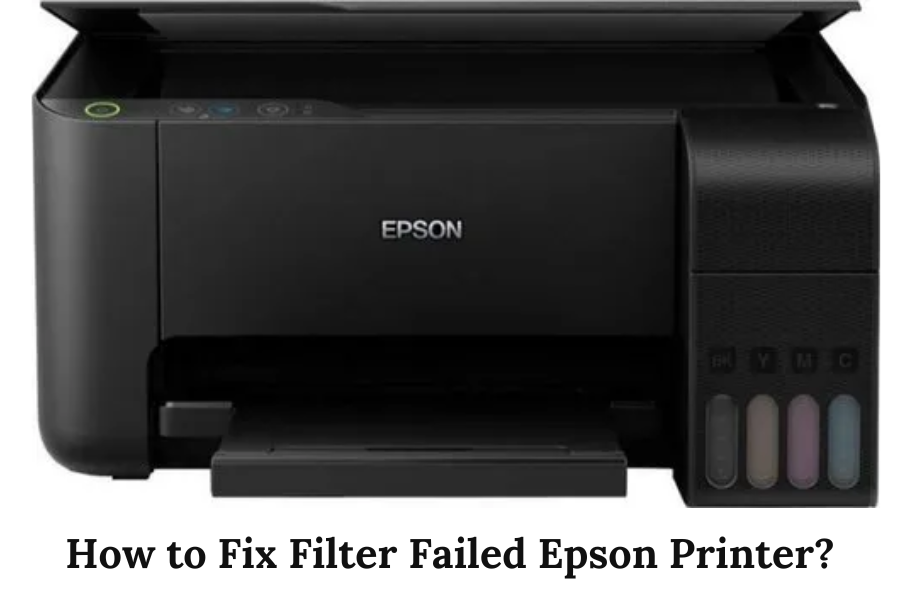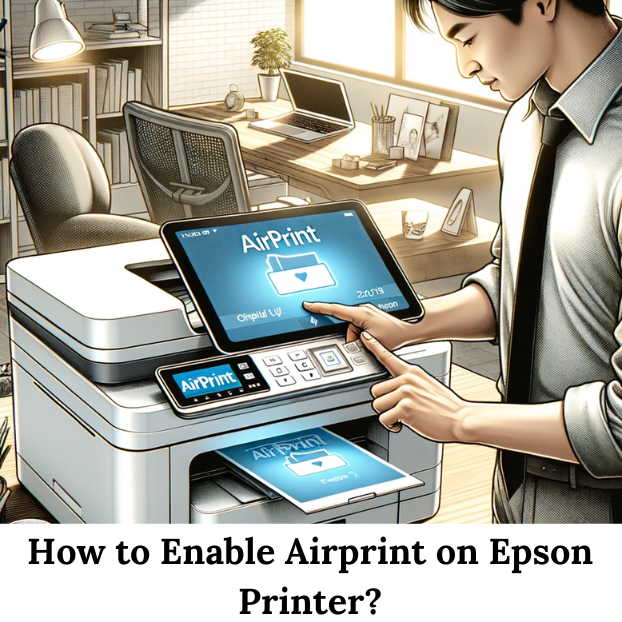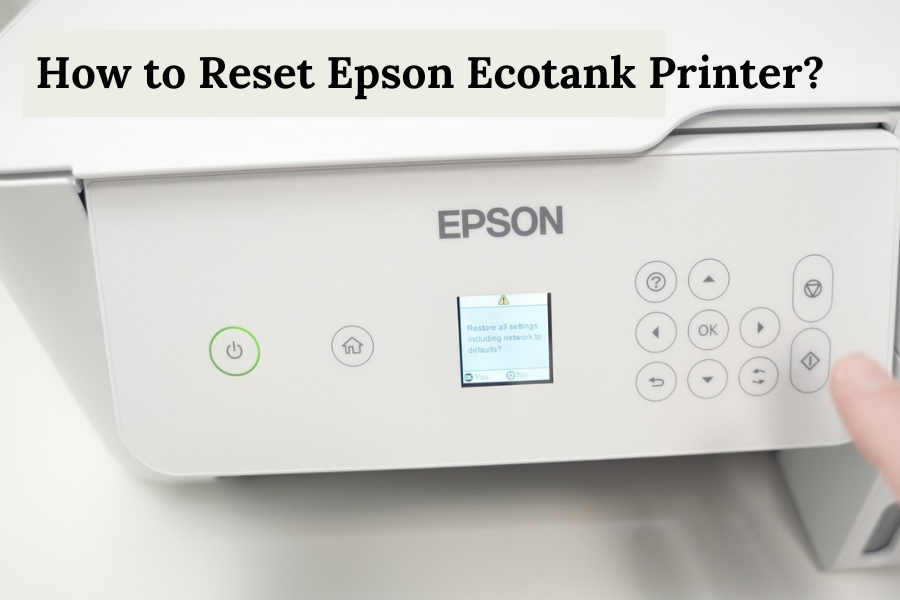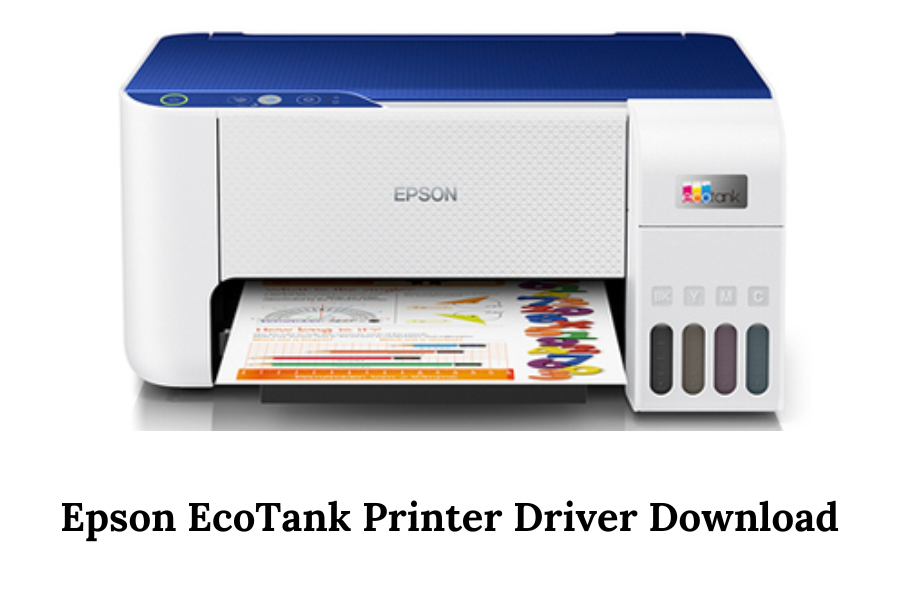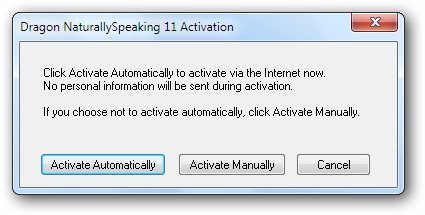Author: john
The Tech Times: The printer driver is a critical component that enables your computer to communicate effectively…
The Tech Times: When your Epson printer displays a “Filter Failed” error, it can be frustrating, especially…
The Tech Times: AirPrint is a convenient feature developed by Apple that allows users to print documents…
The Tech Times: Epson EcoTank printers represent a significant advancement in printing technology, providing users with a…
The Tech Times: Epson EcoTank printers have revolutionized home and office printing with their high-capacity ink tanks,…
The Tech Times: In today’s digital age, ensuring your devices operate smoothly with your computer systems is…
In today’s fast-paced world, staying on the right track is essential, especially when you’re behind the wheel…
Acorn TV is a prominent choice for fans of British and worldwide television when it comes to…
Dragon Naturally Speaking may completely change the way you interact with your computer and increase productivity by…
Click Here Sustaining seamless operations and guaranteeing client satisfaction in the current fast-paced corporate landscape requires competent…

